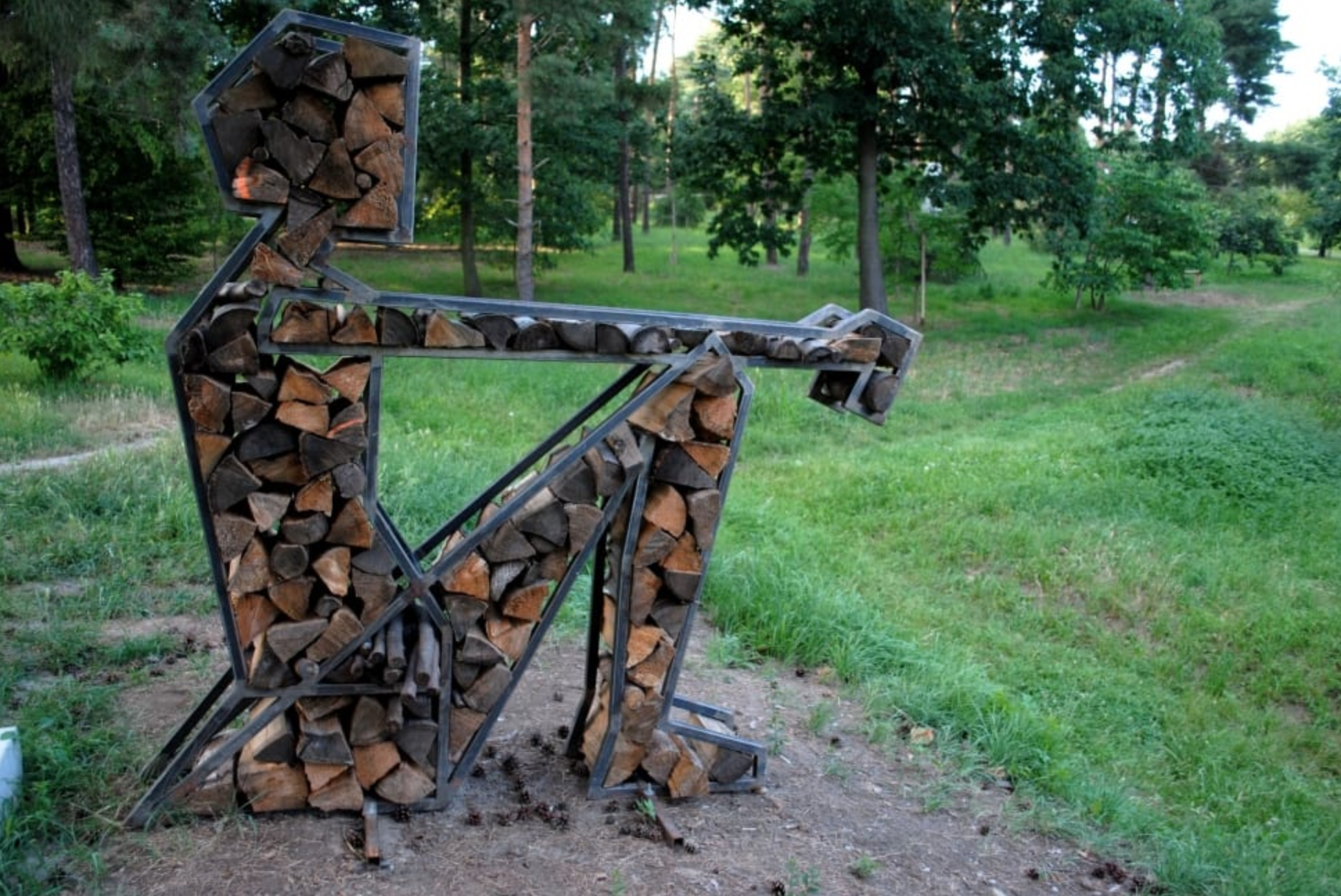The Sit Spot
What is a Sit Spot?
A sit spot practice means spending time in one place outdoors and connecting with the natural world. It is a simple practice. It means going back to the same place again and again. Essentially, a sit spot requires that it is outdoors (a back yard is fine), that it is safe for you, and that it is convenient enough that you will actually go there. A sit spot practice gives you permission to not “do”, to naturally practice mindfulness, to invite wonder, and to develop a deeper connection with nature.
Human beings evolved to have a connection with nature. We are naturally healthier when we consciously develop that connection into an enduring relationship. Your sit spot is a vital, fascinating, and life-affirming relationship in the making.
It is usually nutritious for mind and body to step out of the human-dominated focus and expand our relationships to the greater network of Life. There are trillions of other beings on this planet having fully beautiful and rich lives without one bit of awareness for human social drama. Isn’t that nice to remember? Isn’t it wonderful to regularly let yourself be a part of the larger flow of life?
Sometimes spending time watching a chickadee dance from branch to branch or listening to the sound of the wind through cottonwood leaves can be more nutritious than reading an entire self-help book. If this rings true for you, the invitation is to follow it and try spending regular time in one spot in nature. If you do this, your neurology, your biochemistry, and your lived experience is bound to change, and it will assuredly be toward the good.
There are plentiful psychological and biological reasons for why it is actually very healthy to spend time in nature. Wisdom traditions across the world and throughout time point to the importance of time in solitude, in timelessness, in quiet, and in connection with what is beyond the human-oriented world. This post won’t get into any more reasons why. This post is simply an invitation to let yourself experience the sit spot and to see what happens.
What to Do in a Sit Spot
Pick a spot outdoors that is safe and that you will go to again and again. Spend anywhere from 10 minutes to an hour there regularly (every day if you can.) There are some suggestions for basic guidelines in this post, but it is important for it to be creative and for it to work for you. The most important element of a sit spot is the same as any contemplative practice: that you actually experience it.
Some people think of it as a mindfulness practice. Some people get more into the naturalist elements and learn more and more about the living world around them. Some people use it as a time for sensory awareness and for mental and physical wellness. Some people use it as a spiritual or transpersonal practice. I suggest choosing whatever approaches work for you.
Practicing orientation and deepening your sensory awareness is always a good idea in a sit spot practice. It will quiet the mind and other animals really do respond differently to a quiet mind. I also like to start with some Heart-Focused Breathing.
Along with the simple act of being there and connecting, it’s often helpful to practice curiosity in your sit spot. Practice noticing what you haven’t noticed before and noticing what is naturally drawing your attention. It’s good to sit still in one place for some time, but it’s also good to wander the area around your sit spot. You can have an “anchor point” where you go and stay every time, and then you can have a larger area (up to 200 paces in diameter is the usual suggestion) that you can explore and get to know. It almost always deepens the practice if you enjoy the process of getting to know the natural world: learning the plants one by one, learning a bird here and there, getting to understand how the water and animals move through the land, notice patterns of life, and generally starting to develop an understanding of how the place is.
How to Choose a Sit Spot
Again, the most important factor is that it is close enough that you will go there. That means that a back yard or local park might be a much better sit spot than your favorite pristine patch of nature. Many people share that they have had profound and life-changing experiences through making their backyard their sit spot.
Remember the importance of safety. A place that you feel safe enough will let you move into the state of connection. If you are afraid of natural hazards (as opposed to human), it is usually a good early step in the process to educate yourself about them. What plants are actually poisonous? Do we actually have poison ivy or poisonous snakes or poisonous spiders here? What predators are actually a concern for humans, and how do you handle them? Educating yourself about the hazards usually liberates us from a lot of unfounded fears. Generally speaking, the natural world around here is impressively safe.
Once you’ve found a spot that is close enough and safe enough, you can consider looking for an area that has some different ecosystems. If you can find an area where a lawn or field meets a patch of woods, a place where land meets some water, or a place where a dumpster meets a yard, you will inevitably find more activity. There is almost always more life in nature on the borders.
Common Challenges with the Sit Spot
A sit spot is like any other contemplative practice in that you will go through waves of engagement, peak experience, boredom, and challenge. Over time it transforms you and yields a rich and deep experience of living.
A couple common challenges are:
Sitting still and focusing. This is a challenge that presents differently for each of us. Some options that work for people are exercising or burning off energy beforehand. It can help to bring something that helps you to be comfortable as you are sitting in one spot. You can make your anchor point a special place for you as well. Although you are here to get to know nature as it is, that doesn’t mean you can’t rearrange your anchor point so that it feels like a place you really like to come back to. You may also consider just reorganizing or playing with your goals so that they are more attainable. This post can help with that.
Navigating the weather and darkness. The hyperlinked post has some potentially helpful perspectives on this. Around here, if it is prohibitive for you to get out there when it’s wet or cold or dark, it may be good to find an anchor point that has some shelter. If you are on your own property and it is doable for you, you can put up a tarp or gazebo for these wet and cold month. Some people even have heated seats. Of course, over time, the wet and cold and dark become less of an issue. They actually yield wonderful experiences. So, getting yourself out there in the beginning is just a stepping stone to being able to work well with weather and darkness.
Hopefully this post has enough information in it to inspire you and let you build a foundation for your sit spot practice. Feel free to reach out to me with any questions. If you do work with a sit spot, and you are a current client, please let me know. There are all kinds of options with a sit spot and I would be happy to invite this practice into our work together.
Enjoy!
If you would like to sign up for email notifications of new blog posts, please click here.


